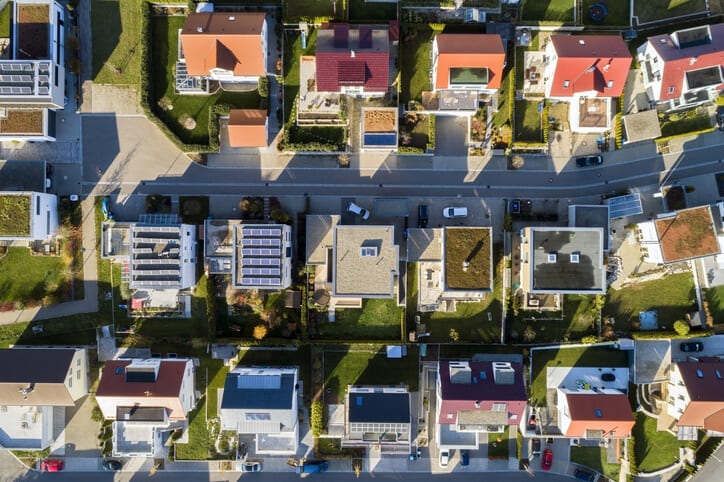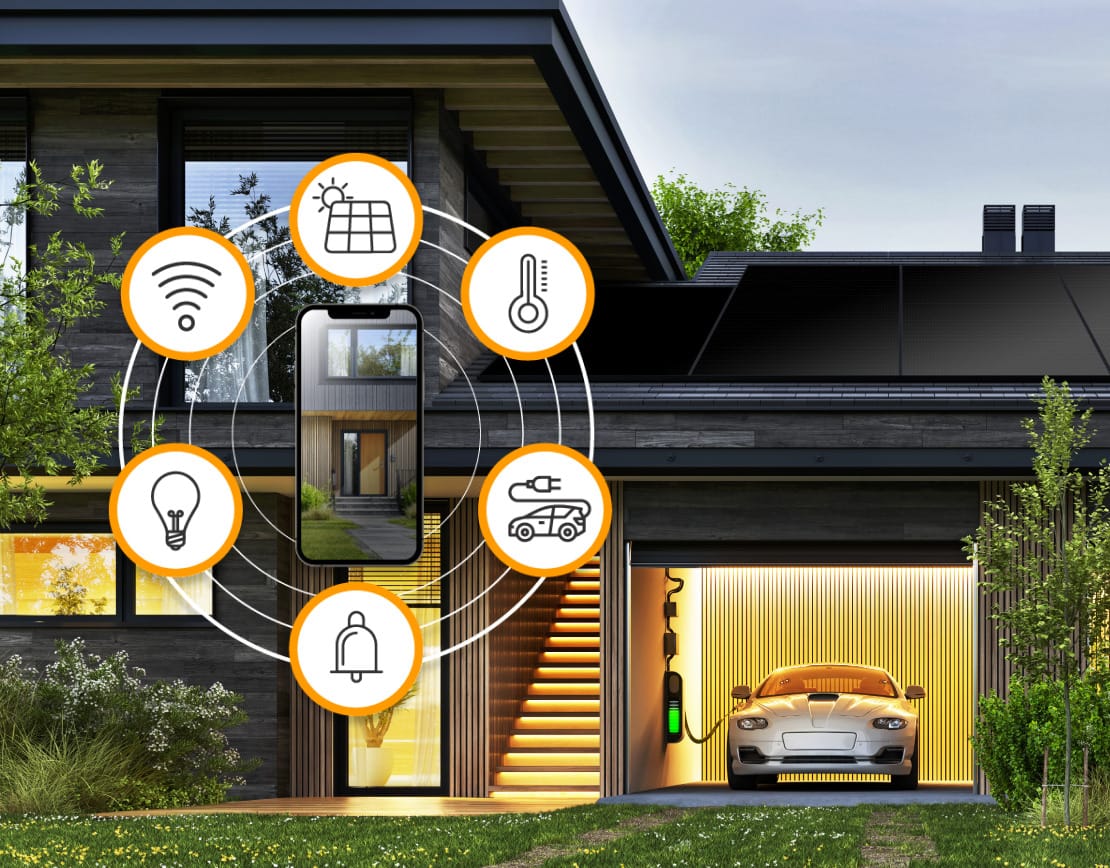Installing solar panels to power your home or business is no longer a futuristic idea. According to SEIA.org, the solar industry is growing at a record pace, with an average annual growth rate of 50%. Solar installations that produce energy from sunlight surged in 2016 as the cost to install solar panels dropped more than 70% over the last decade. In 2019, buyers found solar panels readily available and at their lowest price in history. Solar-sourced energy is now almost as cheap as energy sourced from fossil fuels, and in just a few years, it will be even cheaper. If you’re considering installing solar panels, you may want to brush up on exactly how to choose the best type of panels. Determining how much power or how many watts a solar panel produces per square foot is an important factor in making an educated decision about the types of solar panels.
How Do Solar Panels Produce Power?

To understand how much solar power is produced per square foot, you should know a little bit about how solar panels work. Solar panels work by allowing particles of light, called photons, to knock electrons from their atomic orbitals. When this occurs, a flow of electricity is generated, and this electricity is harnessed and preserved as electrical energy. This all happens as light hits a unit called a photovoltaic cell.
Solar panels are made up of hundreds or thousands of these cells, and multiple solar panels make up a solar array. These arrays are connected to the existing electrical grid so that the generated energy can be directed properly.
What Makes a Solar Panel Produce the Most Energy?
To produce the energy needed to power your home or business, you’ll need to determine how much power you currently use, and that will translate into the number and type of solar panels you will want to install in your photovoltaic solar system. To produce the maximum amount of power per square foot, a solar panel has to be well designed to handle temperature, spectrum, angle, and amount of light.
Temperature:
It’s not hot temperatures that keep solar panels producing the highest energy levels. In fact, when temperatures are higher than about 78 degrees, the panels produce less energy. However, our solar panels are built with a low-temperature coefficient that helps minimize these losses.
Spectrum:
It’s true solar panels convert visible light to electrical energy. But thanks to the spectrum of light that includes infrared and ultraviolet as well as the light visible to the human eye, solar panels can still develop energy even on cloudy days. Solar panels that can absorb more infrared and ultraviolet light are capable of producing more energy.
Angle:
The power produced by solar panels is also dependent on both the angle at which your roof faces the sun and the angle of the sun itself. While your roof surface doesn’t change, the sun does as the Earth rotates on its axis around the sun. These factors make each solar installation unique. The solar panels Simply Solar uses are built with anti-reflective glass that causes the sun’s rays to bounce back into the solar cell, harnessing even more power.
Amount of light:
Since the number of light rays that hit your solar panels is a critical factor in generating energy, solar installers at Simply Solar take great care to install your panels away from the shade of trees and leaves as well as away from dust or other obstacles that can block light. The weather patterns at your location are considered when estimating the power generated by your solar system.
How Many Solar Panels Are Needed?
Solar panel systems are measured in terms of kilowatts (kW) — a measure of electrical power equal to 1,000 watts. A common size solar panel array is usually around 5kW to 6kW and takes up around 400 square feet of space. An array of this size can produce an average of 350 kWh to 850 kWh of AC (alternating current) energy per month. A typical household uses about 898 kWh per month. Taking the above factors into consideration, the solar installers at Simply Solar can determine how much power you will need and design a solar system for your home or business that contains the optimum configuration of panels to fulfill your electrical energy needs.
Install Solar Panels in Your Home or Business Today!
As you can see, it's possible to generate enough energy to cover 100% of your energy needs in your home or business. Take advantage of the low prices and do your part to support clean air by scheduling an installation with our expert solar panel installers today! Simply Solar is one of the top solar panel energy producers in the country, and we’re standing by now to take your orders! Call (707) 285-7037 today and speak with one of our experienced representatives to find your solar contractor.




